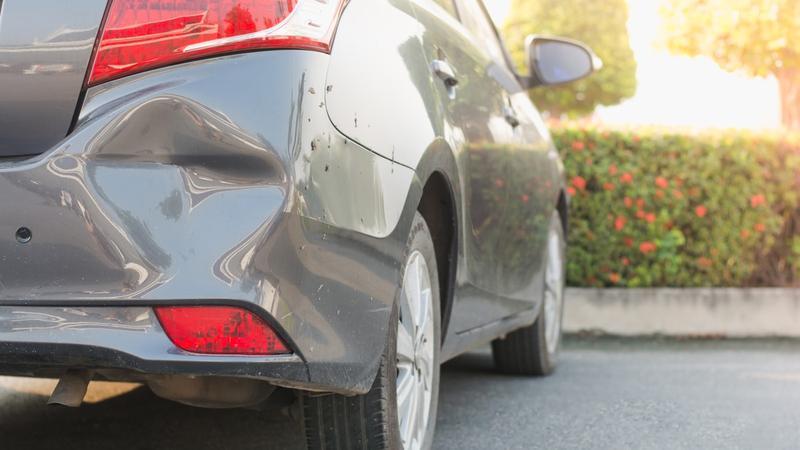Few things may be more aggravating than another driver hitting your vehicle and fleeing the scene without taking responsibility for the accident.
A hit-and-run accident leaves you in an unenviable position if another driver’s negligence damages your vehicle, and they didn’t have the courage to admit to it. It may leave you wondering what the impact is on your auto insurance policy, especially if there are no witnesses to the accident and no way of knowing who is responsible.
However, should this type of mishap befall you, there are specific actions you need to take immediately upon discovering the damage to your car.
What to Do in a Hit-and-Run Accident
First thing’s first: take photographs of your vehicle and record all details about the damage to it, including:
- Where it was when it was hit
- How much damage there is
- The date and time you discovered the damage if your vehicle was parked at the time
- The scene of the accident
If your vehicle was parked when the incident occurred, look for video cameras in the area that may have recorded the accident.
If, by chance, you saw the driver who struck your car, remain level-headed and record all possible details about him or her and the vehicle they are driving. That includes the make, model, and colour of their car and the vehicle’s licence plate number. Is there anyone nearby who may have seen what happened? If so, talk to them and ask them to share the details of what they witnessed. Also, ask for their contact information so a police officer or your insurance company can follow up with them to request a statement.
The more information you have about the accident, the better it is for you when filing a hit-and-run accident claim with your insurance company.
Your next step should be to report the accident to the police, and it’s critical you do so within 24 hours of the incident.
File a Police Report
Leaving the scene of an accident is a serious offence, and the driver of a hit-and-run vehicle will face the consequences if they are caught. Providing the police with all of the information you can about the incident increases the odds that the driver may be apprehended.
If you are driving when the accident occurs, you should first ensure that no one else is injured and then move the car to safety if possible. Do not attempt to follow a driver who flees the scene of an accident. If your car is parked, wait nearby for the police to arrive. After the police have taken their report, be sure to get a copy. Afterwards, report the accident to your insurance company immediately.
Report the Accident to Your Insurance Company
Because there is no other driver whose insurance company can be involved in taking care of the damage, a hit-and-run accident will be taken care of under your policy. Hit-and-run accidents are the only type of collisions in which you may be required to pay your collision deductible, though you are not at fault.
A hit and run will be covered under your collision coverage, which is why you will have to pay the deductible that accompanies that coverage. However, if the police identify the other driver, the damage to your vehicle may be paid through the direct compensation-property damage portion of your policy. Usually, there is no deductible involved when the direct-compensation-property damage coverage is triggered.
Despite all the aggravation, here is some good news: because you are not at fault in the accident, your car insurance premium will not increase as a result of filing the claim.
